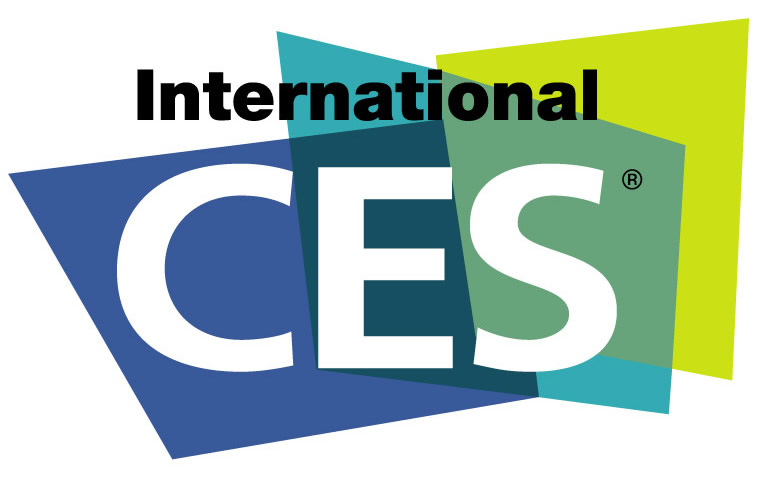CES 2008: Big screens and free trade
Opening keynote at CES begins on a political note, while Panasonic AVC Networks outlines key business IT opportunities.

The Consumer Electronics Show (CES 2008 opened with a two part keynote, mixing a political warning note with an outline of the key business benefits on offer through consumer technologies.
Consumer Electronics Association (CEA) president Gary Shapiro kicked off the Las Vegas event's proceedings, suggesting the industry was "near the end of the beginning of our journey to our digital destiny and describing protectionism as a "dangerous and disturbing trend that will lead to economic disaster," as opposed to free trade.
Shapiro then handed over the reigns to Toshihiro Sakamoto, president of Panasonic AVC Networks who, while focused on consumer use of high definition technologies, also highlighted some obvious business IT opportunities.
Wireless HD video distribution means that cabling issues become a thing of the past, while Wi-Fi digital cameras can automatically upload images to online services. Panasonic is also adding internet features to its televisions, using widgets to display information - as well as adding full screen access to YouTube and Google's Picasa web storage.
Sakamoto focused on environmental responsibility, saying that it was "important for Panasonic" and that "the company was the first TV maker to remove lead from plasma panels in addition to be mercury free." The company is removing harmful materials from its products, and is designing features that make it easier to recycle obsolete hardware.
The company is also discontinuing energy efficient products, and Panasonic hopes to reduce its greenhouse emissions by 300,000 tonnes.
Looking to the future, Sakamoto demonstrated a mock-up of Panasonic's LifeWall concept. Using projections and gesture recognition, LifeWall turns a whole wall into a dynamic display, which can be used to display a mix of images and applications. Options include high resolution video conferencing, as well as access to internet applications. Motion sensors help deliver a simple gesture interface, used to turn a wall into an immersive experience. Face recognition means LifeWall can identify who is looking at it and tailor the display and content appropriately.
Sign up today and you will receive a free copy of our Future Focus 2025 report - the leading guidance on AI, cybersecurity and other IT challenges as per 700+ senior executives
Still some way from commercial release, LifeWall is currently installed in Panasonic's EcoHome demonstrator in Japan. Sakamoto predicted the technology would eventually find its way onto a wall of every home and every business.
Although you can't yet fill an entire wall with a single display, the new 150" LifeScreen plasma display comes close. Sakamoto called this the world's largest flat panel display and claimed its resolution - four times greater than standard 720 HD - will give "a new meaning to reality TV." It's designed for businesses and digital cinemas rather than the home.
-
 Trump's AI executive order could leave US in a 'regulatory vacuum'
Trump's AI executive order could leave US in a 'regulatory vacuum'News Citing a "patchwork of 50 different regulatory regimes" and "ideological bias", President Trump wants rules to be set at a federal level
-
 TPUs: Google's home advantage
TPUs: Google's home advantageITPro Podcast How does TPU v7 stack up against Nvidia's latest chips – and can Google scale AI using only its own supply?